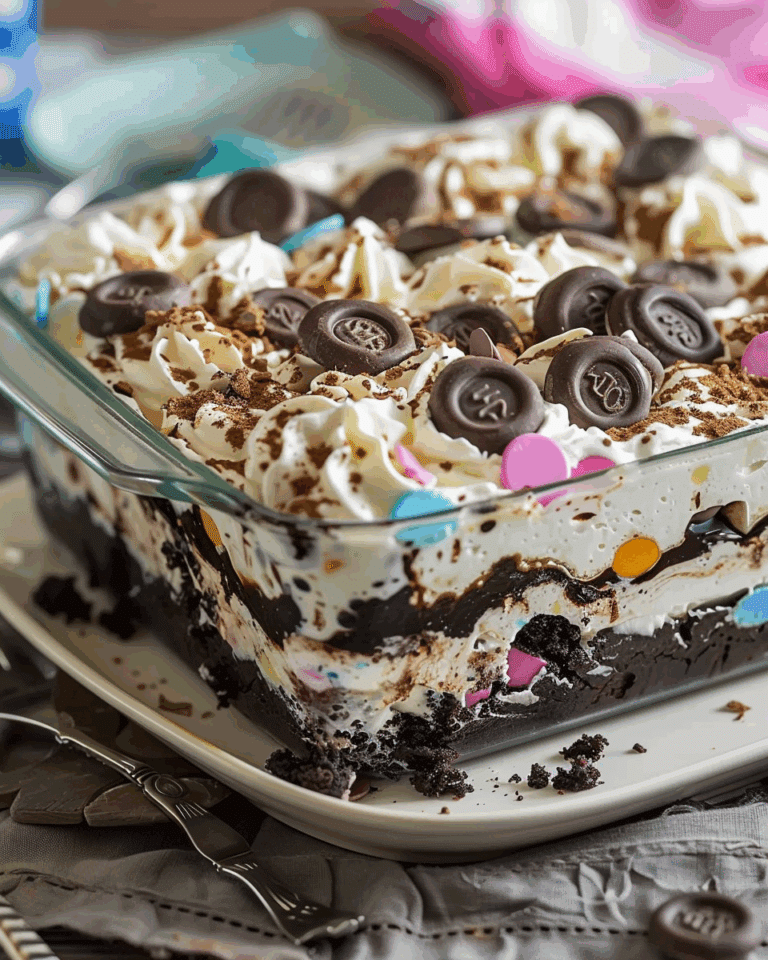My take on this indulgent croissant bread loaf was inspired by Emily’s Plate version, but I followed a detailed method similar to the one from Sally’s Baking Addiction. The result is a loaf that’s rich, layered, and perfect for toast or sandwiches.

Why You’ll Love This Recipe
I love this recipe because it delivers the flaky, buttery layers of croissants in the convenient form of a loaf. It’s easier than shaping individual croissants but just as impressive—airy, tender, and dressed in a glossy golden crust. Plus, it uses just a handful of pantry-friendly ingredients.
Ingredients
(Here’s a tip: Check out the full list of ingredients and measurements in the recipe card below.)
-
All-purpose or bread flour
-
Unsalted butter (plus extra for lamination)
-
Milk
-
Sugar
-
Salt
-
Active dry yeast
-
Egg (for egg wash)
These staples come together to create that irresistible croissant-style texture with minimal fuss.
Directions
-
Activate yeast: Combine warm water (or milk), yeast, and sugar until frothy.
-
Make dough: Stir in flour, milk, melted butter, and salt until a shaggy dough forms. Knead until smooth.
-
First rise: Let the dough rise until puffed, about 45 minutes.
-
Laminate: Roll dough into a rectangle and grate frozen butter onto one half. Fold the dough around the butter, roll out again, fold in thirds, and chill. Repeat lamination two–three times, chilling between turns.
-
Final rise & shape: Roll out laminated dough, fold into a loaf shape, place in a greased loaf pan, and let it proof until puffy.
-
Egg wash: Brush loaf with beaten egg for a glossy finish.
-
Bake: In a preheated oven, bake at high heat covered (in Dutch oven or pan), then remove cover and bake until deeply golden and internal temp reaches ~200 °F (95 °C).
-
Cool: Let the loaf rest 20–30 minutes before slicing for clean, tender slices.
Servings and Timing
-
Servings: 8 slices (typical for a standard loaf pan)
-
Hands-on time: ~1 hour
-
Inactive time (rising & chilling): ~5–6 hours
-
Total time: Around 6–7 hours including cooling
Variations
-
Chocolate: Stir 200 g chocolate chips into the dough during the 3rd–4th fold for a sweet twist.
-
Savory: Add herbs like rosemary or thyme during lamination for an herb-infused loaf.
-
Sourdough version: Swap yeast for sourdough starter and follow a longer fermentation method for deeper flavor and texture.
Storage/Reheating
-
Short-term: Store at room temperature in an airtight bag for up to 2 days.
-
Freezing: Slice and freeze in zip-top bags for up to 3 months—toast or bake straight from frozen.
-
Reheating: Warm slices in a toaster oven or oven at low heat for a minute or two for a just-baked crispness.
FAQs
What type of butter should I use?
I use unsalted butter so I can control salt better, but salted butter works too—just reduce added salt slightly in the dough.
Why is the dough chilled between folds?
Chilling keeps the laminated butter solid, allowing the layers to remain distinct and flaky instead of melting into the dough.
How do I know the loaf is fully baked?
I look for a deep golden crust and an internal temperature of about 195–200 °F (90–95 °C). It should also sound hollow when tapped.
Can I make this dough ahead and freeze?
Absolutely! After your final fold or after shaping, wrap the dough and freeze. Thaw in the refrigerator overnight, then bake as directed.
Why did butter leak from my loaf?
That usually means the dough was under-proofed or the butter got too warm. Ensuring proper proofing and keeping temperatures cool helps avoid leakage.
Conclusion
I find this croissant bread loaf to be a game-changer—bringing the buttery decadence of croissants into a sliceable loaf. It’s perfect for a special breakfast or sandwich night, with endless customization options from sweet to savory. I hope you enjoy it as much as I do!
Print
Croissant Bread Loaf
- Total Time: 7 hours (including rising, chilling, and cooling)
- Yield: 1 loaf (8 slices)
- Diet: Vegetarian
Description
This Croissant Bread Loaf combines the buttery, flaky layers of a croissant with the convenience of a sliceable loaf. Perfect for toast or sandwiches, it’s a rich and impressive bake that’s surprisingly approachable.
Ingredients
3 cups all-purpose or bread flour
1 cup unsalted butter (plus extra for lamination)
1 cup warm milk
2 tablespoons sugar
1 1/2 teaspoons salt
2 1/4 teaspoons active dry yeast (1 packet)
1 large egg (for egg wash)
1/4 cup warm water (for activating yeast)
Instructions
- Activate yeast by combining warm water, sugar, and yeast. Let sit until frothy, about 5–10 minutes.
- In a large bowl, mix flour, warm milk, melted butter, salt, and activated yeast to form a shaggy dough. Knead until smooth and elastic, about 8–10 minutes.
- Cover and let rise until puffed, about 45 minutes.
- Roll the dough into a rectangle. Grate frozen butter over one half of the dough. Fold the other half over the butter, roll out again, and fold in thirds. Chill for 30 minutes.
- Repeat the lamination process 2–3 more times, chilling between each fold.
- Roll out the laminated dough and fold into a loaf shape. Place in a greased loaf pan and let proof until puffy, about 1–1.5 hours.
- Preheat oven to 400°F (200°C). Brush loaf with beaten egg.
- Bake covered for 20 minutes, then uncover and bake an additional 20–25 minutes until deeply golden and internal temp reaches 200°F (95°C).
- Cool for 20–30 minutes before slicing.
Notes
- Use cold, unsalted butter for best lamination results.
- Chill dough between folds to keep butter solid and layers defined.
- To avoid butter leakage, ensure proper proofing and maintain cool temps during lamination.
- For longer storage, slice and freeze the loaf. Reheat slices in the toaster or oven.
- Customize with chocolate chips or herbs for sweet or savory versions.
- Prep Time: 1 hour
- Cook Time: 45 minutes
- Category: Bread
- Method: Baking
- Cuisine: French-Inspired
Nutrition
- Serving Size: 1 slice
- Calories: 310
- Sugar: 3g
- Sodium: 190mg
- Fat: 20g
- Saturated Fat: 13g
- Unsaturated Fat: 6g
- Trans Fat: 0g
- Carbohydrates: 28g
- Fiber: 1g
- Protein: 5g
- Cholesterol: 60mg







